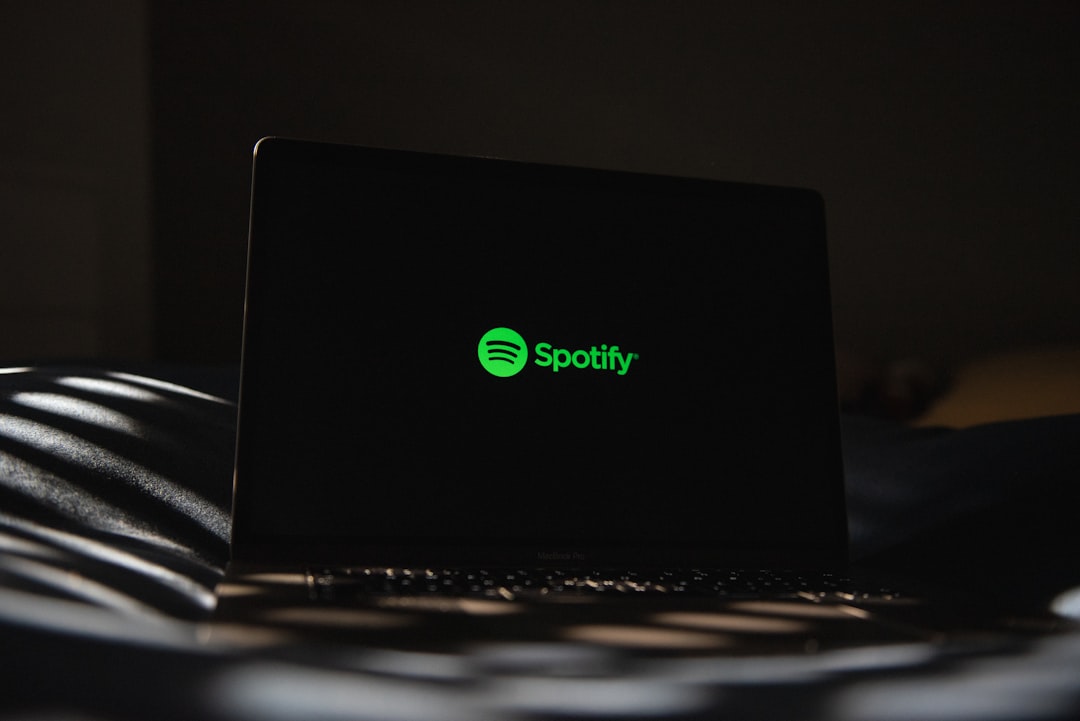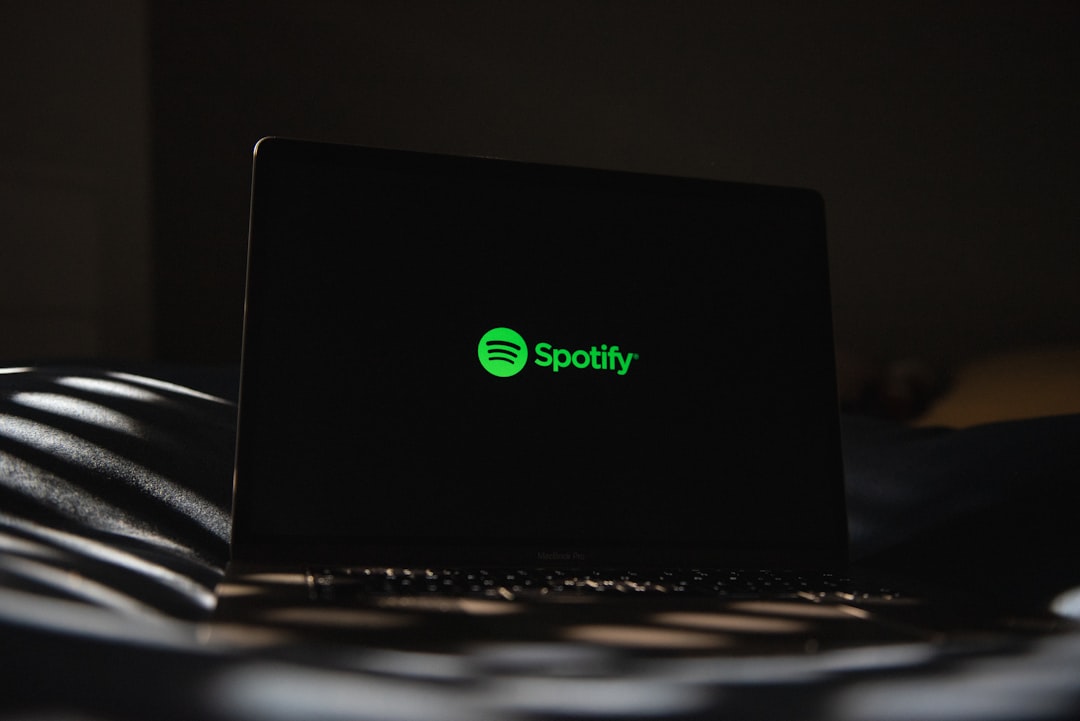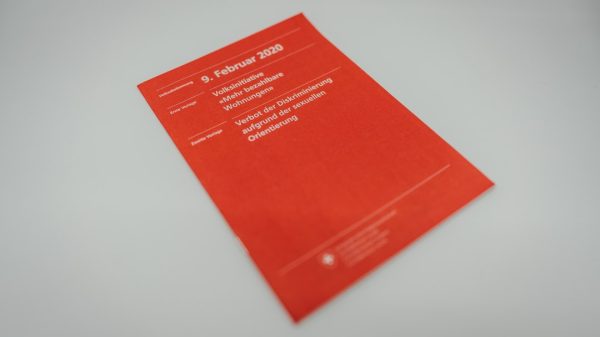With the explosive growth of streaming platforms in the past decade, Spotify has taken a prominent role in redefining how artists earn revenue from music. As an artist or someone involved in the music business, understanding how much a platform like Spotify pays for milestones such as 1,000,000 streams can significantly influence strategic decisions. In 2025, the dynamics of streaming payouts are changing due to evolving market conditions, updates to Spotify’s royalty structure, and increasing competition among platforms.
What Determines Spotify Payouts?
The amount Spotify pays for 1,000,000 plays isn’t fixed and can vary significantly. That’s because Spotify uses a pro-rata payment model, which means that revenue is distributed based on a user’s stream shares across the platform. Several factors impact how much you actually earn from a million streams:
- Listener Location: Streams from countries like the USA or UK typically generate higher payouts than those from markets with lower advertising and subscription revenue, such as India or the Philippines.
- User Type: Spotify differentiates between premium and ad-supported users, with premium streams generating more revenue per play.
- Distribution Method: Whether you are signed to a label, using an aggregator, or distributing independently affects how much of the revenue reaches you.
- Royalty Splits: Songwriters, producers, publishers, and other collaborators all receive a portion of the payout through mechanical and performance royalties.
In 2025, Spotify has continued using this model, but has fine-tuned it with AI-enhanced algorithms to better filter out artificial streams and accurately determine revenue shares.
Average Payout Per Stream in 2025
As of early 2025, the average payout per stream on Spotify is estimated to be between $0.003 and $0.005 per stream. This is a modest increase from prior years due to slight hikes in subscription prices and revenue from podcasts and ad innovations.
So, if you earn about $0.004 per stream on average, then:</
1,000,000 plays × $0.004 = $4,000
This $4,000 gross total is before any deductions or splits, making it a starting point rather than your take-home amount.

How Is Revenue Split Between Parties?
One of the key things to understand is that the artist doesn’t usually receive the entire $4,000 – that’s where splits and fees come in. Here’s a general breakdown:
- Spotify’s Share: Spotify retains around 30% of the total revenue generated by streams.
- Rights Holders: Of the remaining 70%, most goes to the rights holders, which includes labels, distributors, and publishers.
- Artist Payouts: Independent artists tend to receive a higher percentage than those signed to a label. Artists signed to major labels may receive only 15-20% of the streaming revenue depending on their contracts.
Independent Artist Example: If you use a distributor like DistroKid or TuneCore, they often take a small annual fee and allow you to keep nearly 100% of the royalties. So, you could keep approximately $3,800 to $4,000 out of 1M plays.
Signed Artist Example: A major-label artist might end up with around $600 to $1,000 after label cuts, marketing recoupment fees, producer percentages, and other contractual obligations.
Types of Royalties from Spotify
Spotify generates two main types of royalties that are distributed separately:
- Recording Royalties: Paid to the master recording rights holder, usually a label or independent artist.
- Publishing Royalties: These include mechanical and performance royalties and are paid to songwriters and publishers via PROs and publishing administrators like Songtrust or ASCAP.
This helps explain why a successful producer or songwriter might earn money from a million streams even if they never perform the song themselves. In 2025, increased transparency in publishing accounting has made it easier to track and claim these royalties.
The Impact of Spotify’s New Royalty Model Introduced in 2024
Spotify made significant changes to its royalty model in late 2024, which continued into 2025. These changes include:
- Minimum Stream Thresholds: Songs must now reach at least 1,000 plays before they’re eligible to earn royalties. This affects earnings especially for smaller, independent artists.
- Anti-Fraud Measures: Spotify implemented better scam detection tools to eliminate fake streams, which means only authentic engagement contributes to payouts.
- Boosted Pay for High-Engagement Songs: Tracks that receive more engagement (saves, playlist additions, completion rate) get a higher payout tier.
All these changes may slightly increase revenue per stream for small-to-mid-level artists who attract genuine listens.
The Role of Distributors in 2025
Music distributors play a crucial role in delivering your songs to Spotify and collecting royalties. In 2025, these are some key distribution platforms and their typical pricing models:
- DistroKid: Charges a flat annual fee (usually around $20–$35/year) and allows artists to keep 100% of royalties.
- TuneCore: Offers both pay-per-release and annual plans with a high royalty retention.
- CD Baby: Charges a one-time fee per release and takes 9% of your streaming royalties.
Choosing the right distributor can affect how much you actually keep from your 1,000,000 streams. Independent artists should weigh the up-front cost vs. ongoing commission structure carefully.

How to Increase Your Revenue Per Stream
If 1M streams gets you only a few thousand dollars, it’s worthwhile to learn how to increase your revenue per play or use streaming as a springboard to other income. Here are a few approaches:
- Drive Premium Plays: Encourage fans to stream from premium accounts—these generate more revenue than free ad-supported ones.
- Build International Fanbases Carefully: Focus on countries with better payout rates.
- Use Spotify For Artists to Optimize Your Profile: A verified profile with a compelling bio and consistent branding helps with playlist placements and engagement.
- Diversify Income: Use Spotify as a visibility tool and supplement income with live shows, sync licensing, physical merch, and other platforms like YouTube or Apple Music.
Conclusion: Is 1 Million Plays Enough?
In 2025, the answer is more nuanced than ever. While 1 million plays on Spotify can yield an average gross revenue of $3,000–$5,000, how much of that ends up in your pocket depends on multiple factors: the type of account listeners have, how your royalties are split, and whether you’re signed or independent.
Used strategically, Spotify is best seen as a platform that offers not just direct revenue, but broader artist discovery, brand building, and fan engagement potential. For musicians who effectively use digital tools, promotions, and smart release tactics, a million plays can be the beginning—not the end—of a sustainable music career.


































